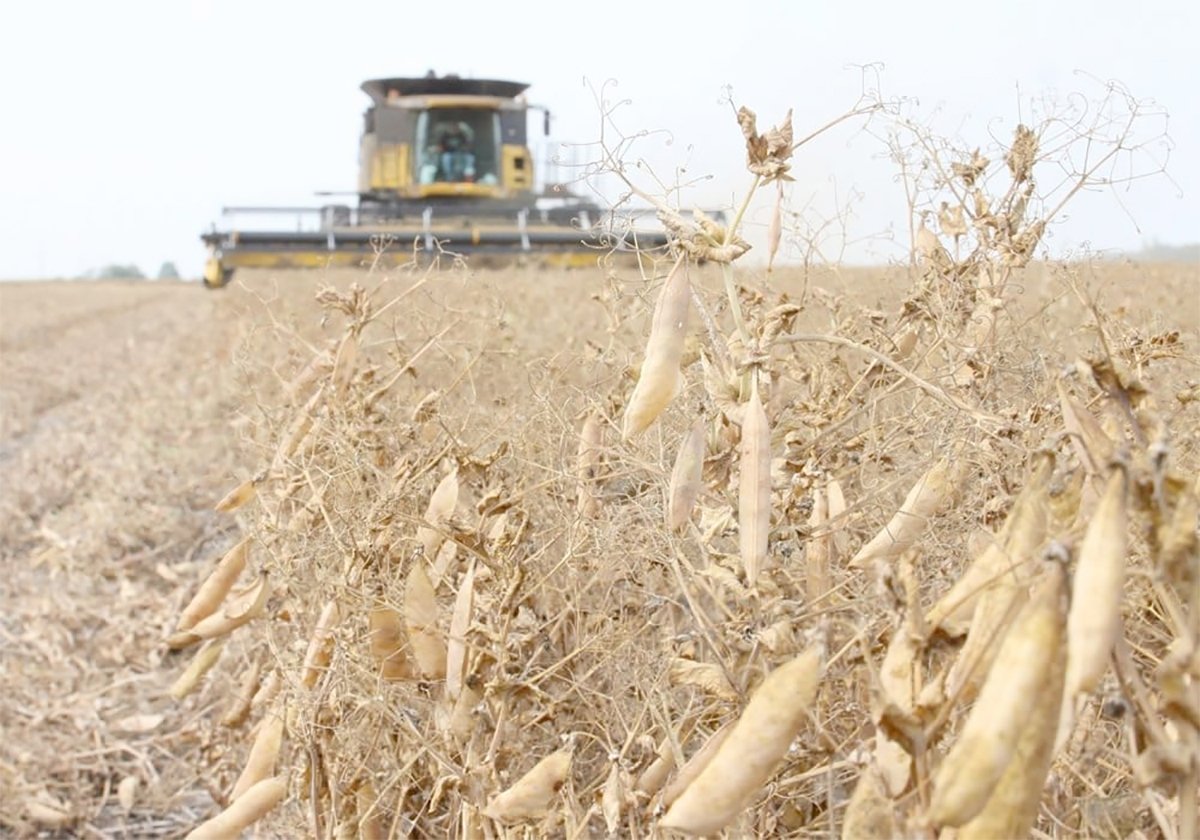China is Canada’s third largest export market for barley, but a recent trade deal may put it at a disadvantage
The recently announced China-Australia free trade agreement puts Canadian barley at a disadvantage in one of the world’s most promising markets, says the Barley Council of Canada.
The trade deal, which was announced in November, removes tariffs on an array of agricultural products entering China, including meat, live animals and wine.
Tariffs won’t be eliminated for several years on most of these products, but a three percent tariff on Australian barley imports is removed immediately, along with a two percent tariff on sorghum.
Read Also

Chinese, Indian tariffs take toll on pea prices
The disruption of pea exports from Canada’s largest customers will likely result in slow pea exports for the remainder of the crop year.
Grain Growers, an Australia producers’ association, pegs the value of those two tariffs at more than $19 million using 2013 trade data.
Brian Otto, Barley Council of Canada chair, said removing the Australian barley tariff puts Canadian product at a $10 per tonne disadvantage.
“It’s not the first time that we’ve had to compete against a tariff that doesn’t work to our benefit,” said Otto.
“There are ways to do it. There’s huge opportunities in the feed, malt and food barley initiatives, and certainly we will be pursuing them.”
China is Canada’s third largest export market for barley after the United States and Japan, but Canadian exports are dwarfed by several other countries, including Australia, which is the world’s largest exporter.
“It’s a huge market for us to take advantage of when we’re shipping malt barley overseas,” Otto said.
“I think what we have to realize right now is that it’s all going to come down to the ability of our government to establish a bilateral trade agreement with China.”
Several major business deals were brokered across a multitude of sectors in November during prime minister Stephen Harper’s visit to China, including a large, multi-year agreement for canola oil.
As well, a recent reciprocal currency agreement between the two countries is seen as encouraging trade, but full-fledged talks remain on the horizon.
Demand for barley is growing in China, according to the U.S. Department of Agriculture. Consumption is expected to increase to 6.1 million tonnes in 2014 from 3.8 million tonnes in 2011, and most of that will be filled by imports.
The USDA also expects significant long-term growth in China, which is already the largest importer of malting barley.
“China is definitely the growth industry in the malt side of it, in that they have a growing population with an expanding demand for malt barley consumption or beer consumption,” said Otto.
“As in every other aspect in agriculture right now, it’s a growing economy that’s starting to realize their middle class in China is starting to demand more.”
The USDA identifies Canada and Australia as China’s two main malt suppliers and expects malting barley acres to increase in Australia and decline in Canada. Canadian production fell to 5.88 million acres this year, according to Statistics Canada.
“Canada has the highest quality and is recognized for having the highest quality barley in the world, and we will certainly have a fit in the Chinese market,” said Otto, who met with Chinese maltsters earlier this year.
He said Canadian exports are going into China’s premium beer market.
“There’s a bit of challenge when it comes to transportation, but I think more than anything what we’re looking at now is there will be increased demand from China for Canadian barley. We heard that loud and clear,” he said.
“Even though the Australians have their trade agreement … and it presents challenges to us, the message we received was they do want to use more Canadian barley in their malting process.”
Statistics Canada is forecasting a 16 percent drop in barley exports for 2014-15, partly because of smaller acres and reduced malting barley supply caused by quality problems.
Challenging weather during harvest affected malt quality, and Statistics Canada suggests that Canada and the United States may import higher than normal amounts of malting barley.
Otto said that could encourage more producers to consider the crop next year.
“There are offers out there for new crop barley already,” he said.
“They need the barley in August, September. They are already putting feelers out there.”














